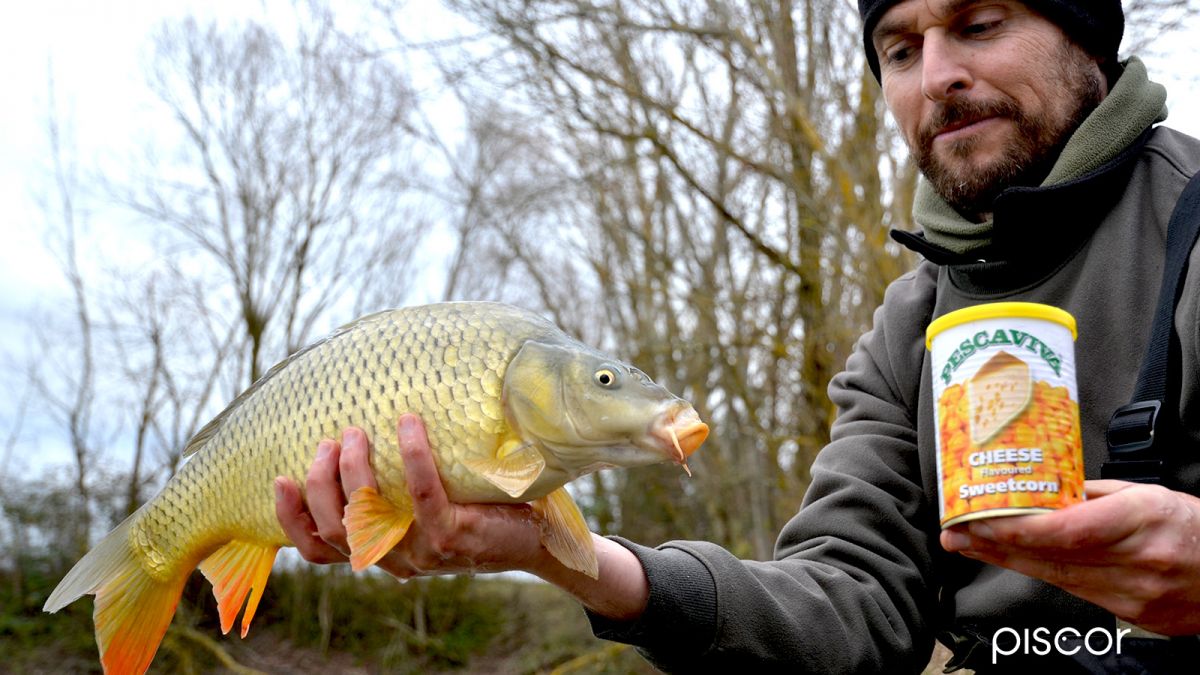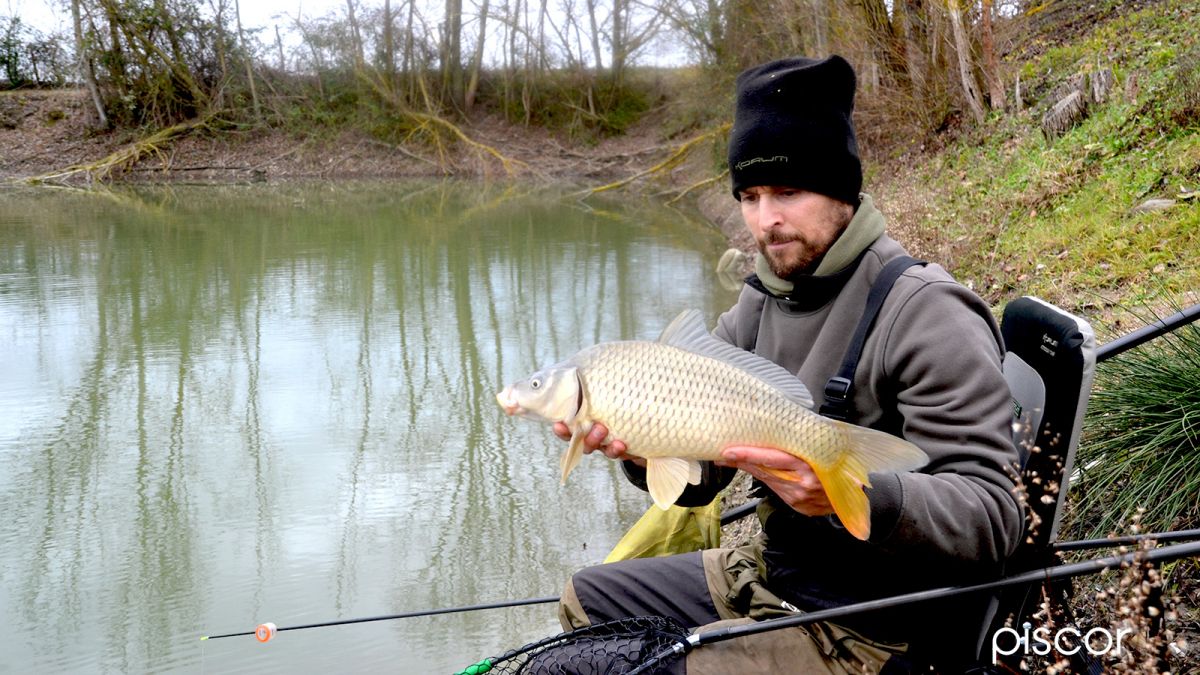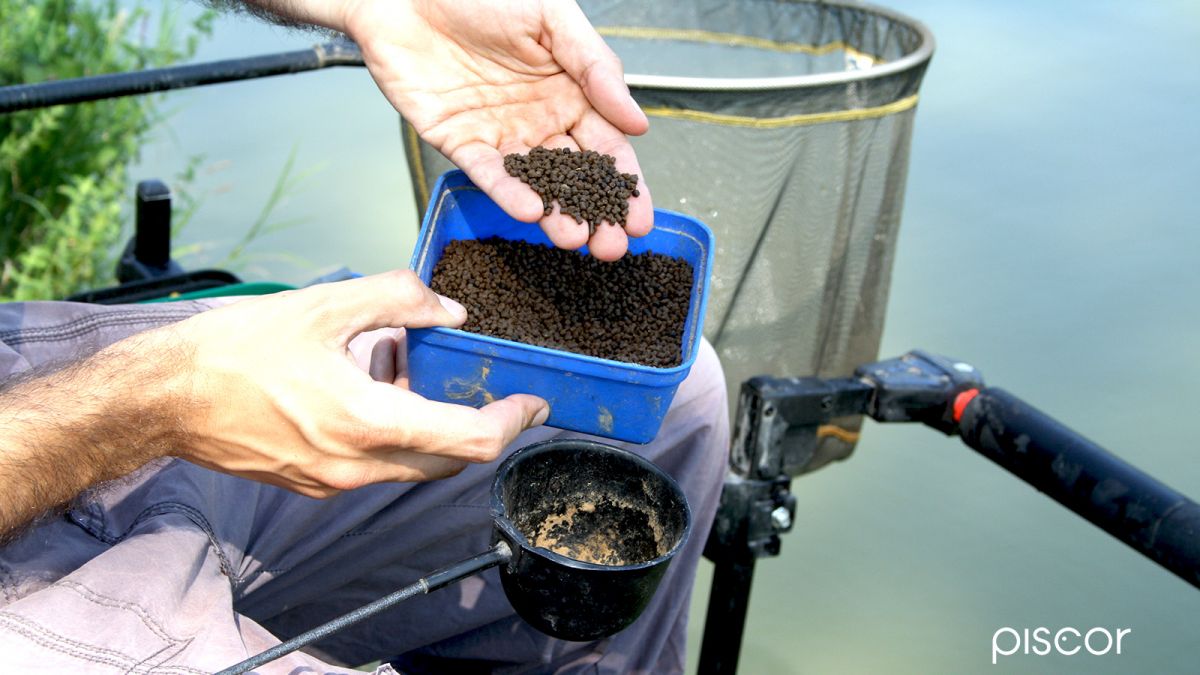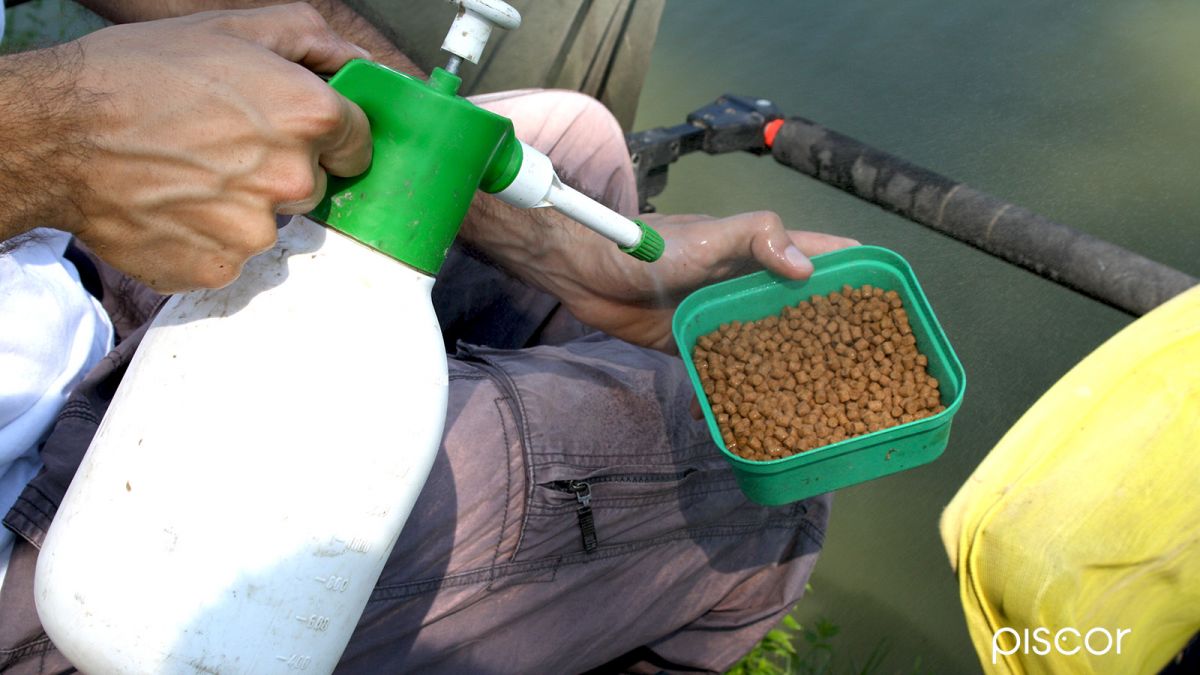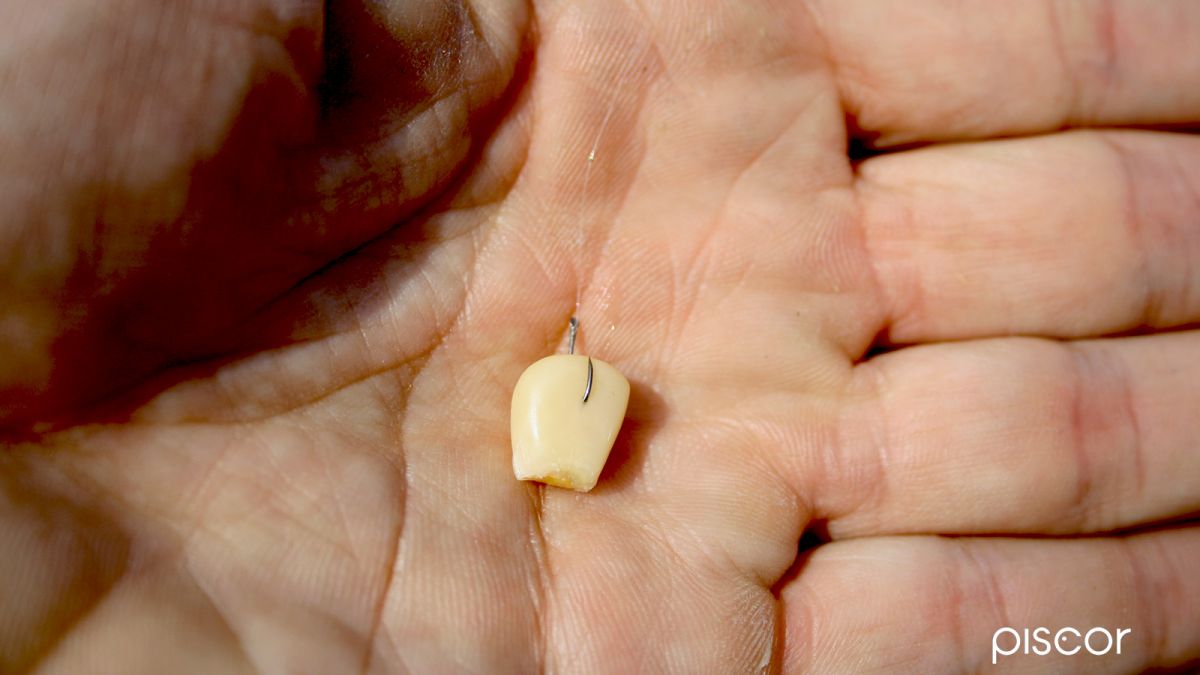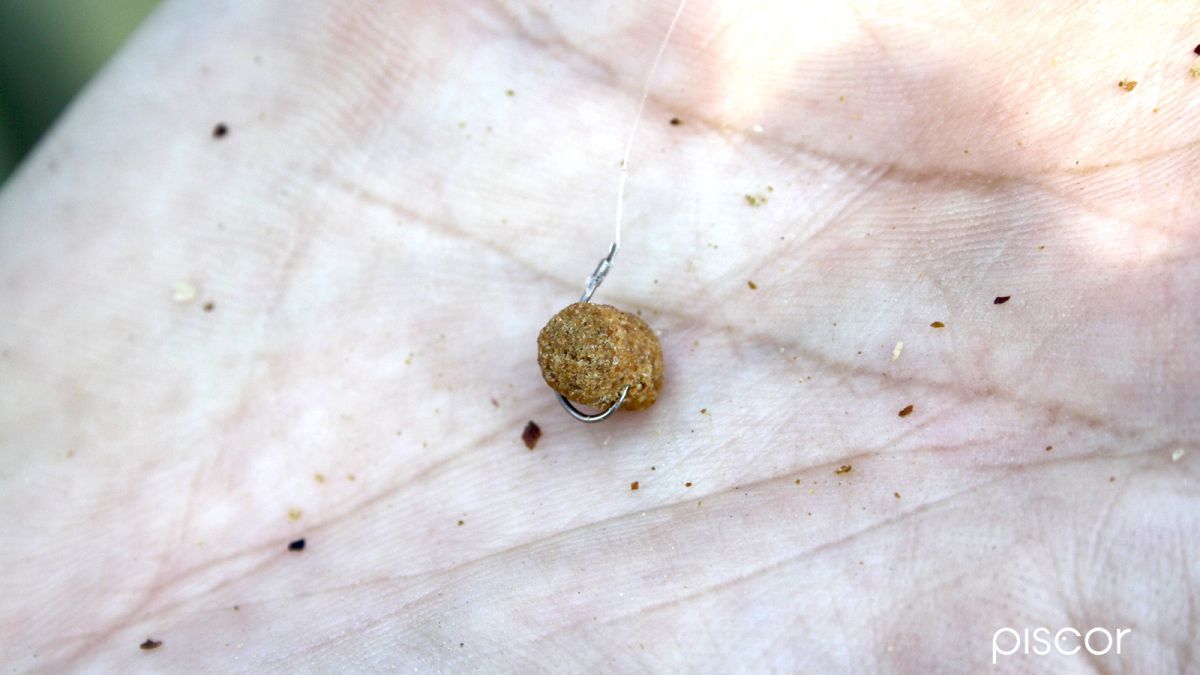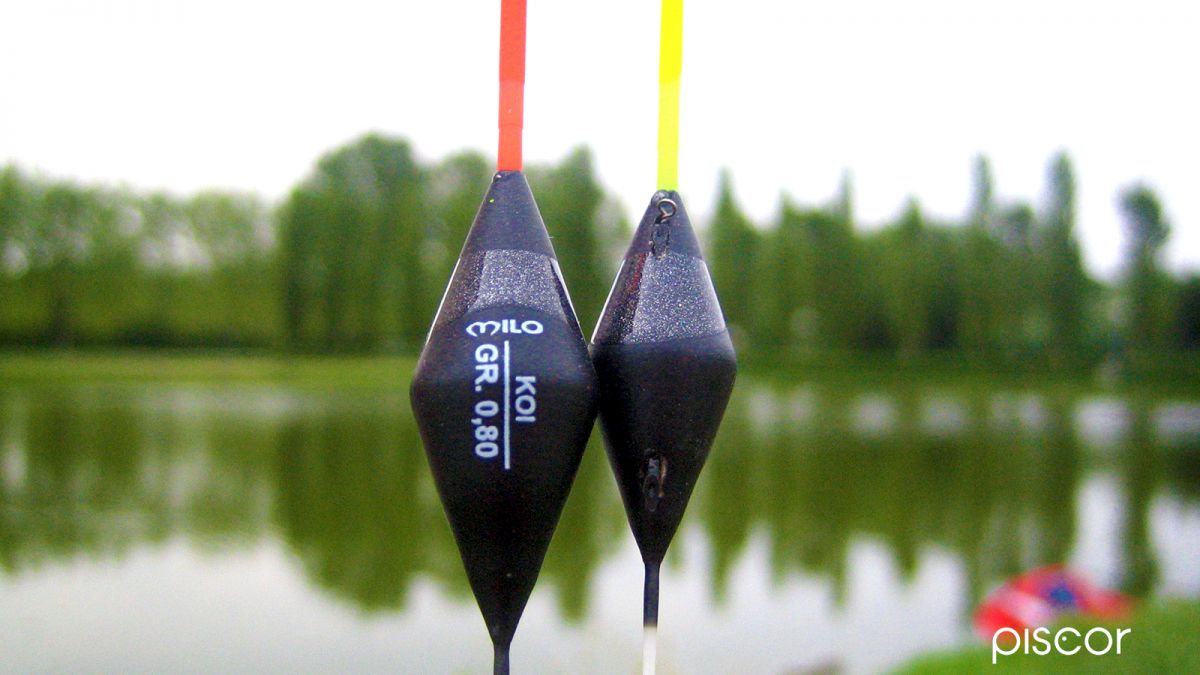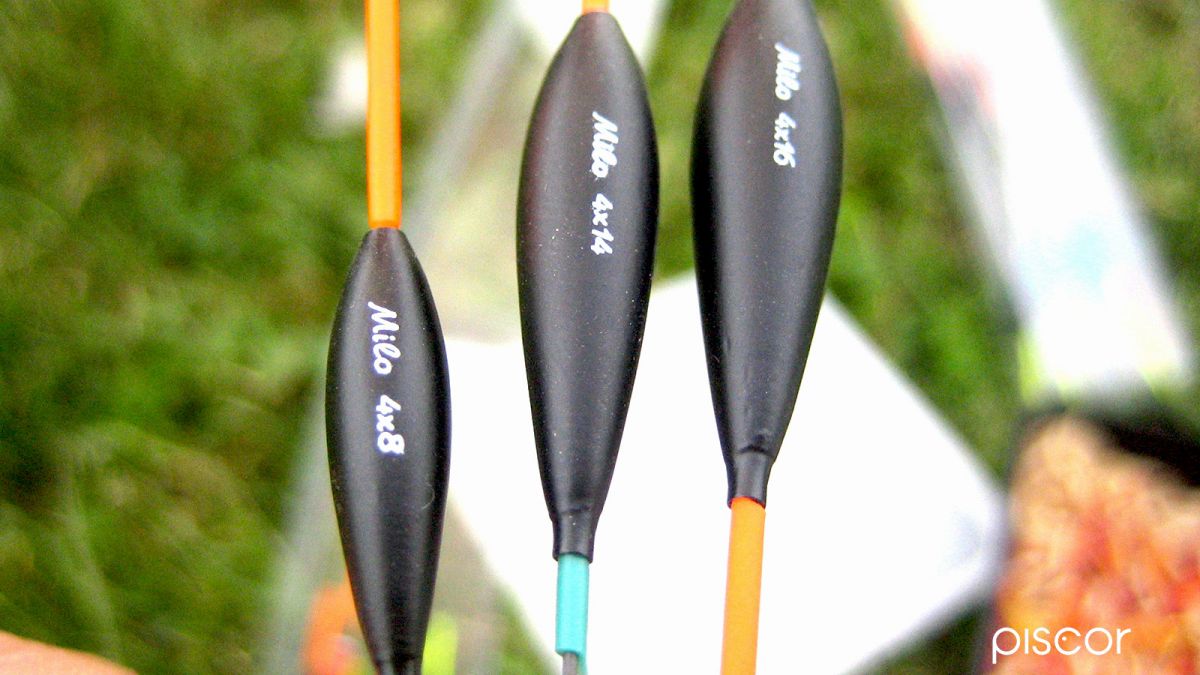When we talk about carp it becomes impossible not to think to corn and pellets, two of the most suitable and common baits for the capture of these cyprinids.
In this article we will study the use of both, comparing their characteristics and the correct ways to make the most of them.
There is no place where carp live where corn and pellets do not guarantee the angler excellent catches.
In all areas the exceptional yield of these two baits is guaranteed, even if local habits concentrated on other food sources.
This means that carp have a total preference for both corn and pellets, so much so that they can respond successfully to an angler who knows how to use them well.
Nevertheless, we must be aware of some aspects that can increase the yield. As always in the fishing industry, in fact, taking care of the details is the basis of success.
Variety
First of all, you need to be able to focus on the choice of the different products offered by the market.
In fact, when an object arouses particular interest, all companies propose a thousand variations that, however, do not always guarantee the best yield.
The same rule also applies to baits, especially corn and pellets. In fishing shops you can find so many types of corn, from natural to flavored and coloured, to giant size, up to the small and soft destined to hook in coarse fishing.
Reagrding the pellet, the choice is even more complicated. It is possible to find products characterized by colour, size, specific weight, sinking capacity or not, with different ingredients but, above all, different resistance to dissolving in water.
In this jungle of offers, the real angler must be able to choose the best products to the circumstance, mixing together the right basic knowledge with lots of practical experience.
Preparing for use
To fully exploit our baits, they must be treated with water just before use.
While corn must be rinsed thoroughly once extracted from the jar for a pure cleanliness, which helps us to handle it better and to launch it easily with the catapult during grazing, so that to eliminate the sugary substances that make it sticky and unwieldy.
The pellets, instead, deserve a deeper study. In fact it can be used without any tratements.
Regardless of this, however, it is advisable to soften the pellets to be triggered by absorbing some water spray through a vaporizer.
This treatment is used to obtain a softer and easier to insert bite on the hook, especially for the following rig.
The rig
Each bait can be applied to the hook in many different ways. Despite this, I will explain only one procedure for each of the two that we are dealing with, giving preference to the method that m has given me satisfaction and great guarantees of success more than any other.
Starting with corn,we will focus on one of the most traditional and known rigs.
The grain is inserted so that the hook remains partially uncovered and the outer tip is ready to stick to the fish's mouth.
As you can see from the picture, just take the grain and pierce it about in the middle of the body, leaving the cutted part down.
This rig guarantees, in addition to perfect hooking of the prey, a good seal of the bite during the missed hookings.
Pellets, instead, in many cases is inserted through "hair-rig", rubbers and various attachments, so not directly triggered on the hook. We will use the easiest way. In this case the photo shows perfectly the rig which must be completed with a pellet softened with water, as explained above, so that the tip of the hook can perforate it slightly without breaking it.
Recommended hooks
What the two bait have in common is surely the hook.It must be bent free and have a strong wire.
At the same time, a wide curved shape and medium shank length are required.
By choosing a size of sixteen or fourteen, depending on the model and brand chosen, it will be possible to properly rig both the corn and the 4 mm pellets on the same hook.
All the features listed above are particularly important for the use of pressure rigged pellets.
As mentioned in the previous paragraph, in fact, it is essential that the hook is suitable to accommodate the bait with a light pressure.
The 4 mm pellet must be inserted into the hook curve , allowing the hook tip to stick slightly under the surface softened by water.
This will ensure the tenacity of the bait when fishing and the hooking of the prey.
The appropriate floats
Reagarding the floats there are basically two main characteristics. The first is the robustness of the float, as it is used to catch combat fish such as carp.
The second one is about the antenna, which must absolutely be made of hollow plastic and with a generous diameter.
This is useful to support bulky baits such as corn and pellets, especially considering the fact that you have to work at the same depth and never placing so much nylon on the ground.
Baits and seasons
To optimize the efficiency of these two baits, you have to consider that each of them has its own favourable period.
While corn, due to its low nutritional value, finds its maximum expression in summer and spring, when carp need lighter and more digestible foods, pellets are best suited to low temperatures.
The fats and proteins help fish to winter, ensuring them important substances and great energy value.

